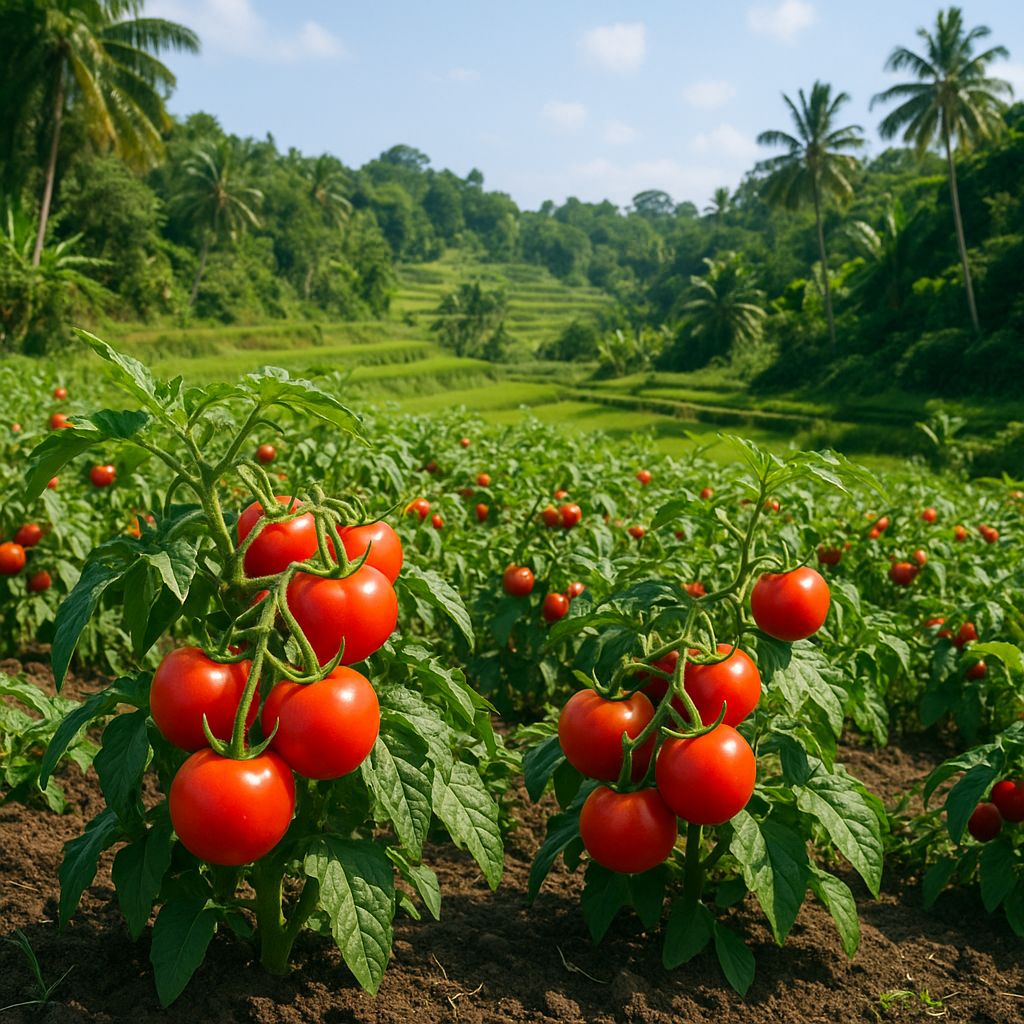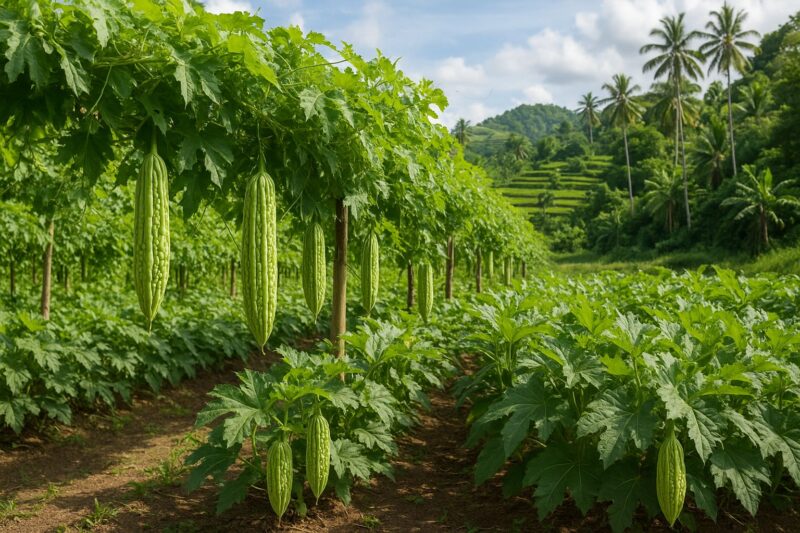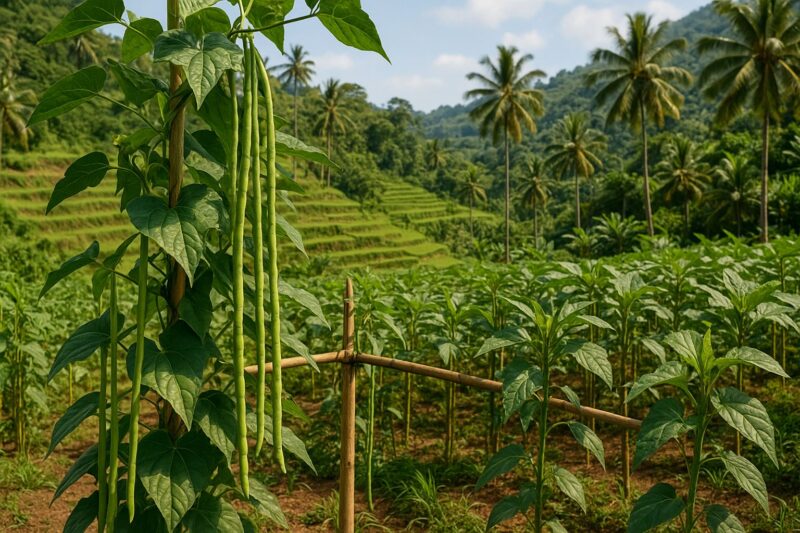Tomatoes—kamatis—are the backbone of so many Filipino favorites, from sinigang to spaghetti sauce. And yet, under our tropical skies, they can test even seasoned gardeners. Too much rain often leads to cracked fruits; too little, and vines wilt under the midday sun. After several seasons of triumphs (and yes, a few face-palm failures) here in Bulacan—and borrowing tricks from friends in Cavite and even hybrid growers in Iloilo—I’ve found a rhythm that yields steady, flavorful harvests. Let me walk you through what seems to work.
Variety choice really sets the stage. Cherry tomatoes—those bite-sized bursts of sweetness—shine in containers or rooftop gardens in Metro Manila. But if you’re aiming to sell at town markets from Bulacan down to Bicol, beefsteak or roma types are more reliable—firmer, thicker-skinned, and better for slicing or sauce. I plant both: cherries for my family’s fresh salads and romas for my weekend bottling experiments. Last season, I counted nearly forty cherries per vine but only around fifteen romas; the volume differs, yet each serves a purpose.
Soil prep can’t be half-hearted. Tomatoes love loose, well-draining earth rich in organic matter. In my clay-heavy Bulacan plot, I mix in two wheelbarrows of homemade compost—rice straw, vegetable scraps, and coffee grounds—for every ten square meters. A handful of crushed limestone nudges the pH toward that sweet spot, about six point eight. Conversely, coastal growers in Iloilo swear by rice hull charcoal and aged chicken manure to hold moisture in sandy loam. It’s all about balance: not a swamp, but not a dust bowl either.
Timing matters, too, and it varies by region. In most lowland provinces, seeds start indoors in January, with transplants going out by March. That way, plants settle before the heavy rains in June. In cooler uplands—Benguet or Bukidnon—farmers often wait until December, just after what feels like our version of a frost. I learned the hard way in Bulacan that planting too early give vines a shock when temperatures spike above thirty-three degrees Celsius. Since shifting to late February transplants, my tomato beds have rarely sulked.
Tomatoes need support—no question. Indeterminate (vining) types will sprawl endlessly without trellises or stakes. I build simple bamboo A-frames or repurpose sturdy metal poles every meter. As shoots climb, I gently weave them upward, encouraging vertical growth. This not only saves space but keeps foliage dry and airy, cutting fungal problems in our humid months.
Feeding your tomatoes combines routine and a bit of feel. At planting, I give each hole a teaspoon of bone meal for phosphorus, plus a light layer of compost. Once flowers appear—around six weeks in—I side-dress with decomposed chicken manure or fish-emulsion diluted in water. Potassium is key during fruit set, so a sprinkle of wood ash or banana–leaf mulch beyond the drip line seems to help. Too much nitrogen at this stage, though, and you’ll end up with leaves galore but few fruits—learned that one the hard way.
Water management requires vigilance. I water deeply early each morning, soaking the soil under the plants but keeping leaves dry by dusk. If I see fruits cracking after heavy rain—as happened during that surprise downpour in Bulacan last July—I harvest any ripe ones immediately and prune lower leaves to improve airflow. In containers, I check soil by feel: if a handful crumbles cleanly, it’s time; if it clumps into a soggy ball, I wait.
Pests and diseases can mar your efforts. Fruit flies lay tiny eggs in green tomatoes; fruit collars—small paper wraps—help protect ripening fruits in open fields. Aphids and whiteflies gather under leaves; a gentle spray of neem extract or a homemade garlic-soap infusion usually knocks them back. I avoid chemical sprays if possible—beneficial insects matter, too.
Harvest arrives when fruits reach full color and give slightly under gentle pressure. For romas, I aim for that deep red without any green shoulders; for cherries, a bright orange-red glow. Daily picking—yes, every single morning—encourages vines to set more flowers. A friend in Cavite once joked that his vines produced twice as many tomatoes simply because he harvested every day without fail. I can’t say that’s universal, but in my experience, a daily check makes a difference.
Growing kamatis across the Philippines takes patience, a willingness to experiment, and a bit of local know-how. Whether you’re in Bulacan, Batangas, or up in Bukidnon, focus on variety selection, soil health, balanced feeding, timely support, and careful pest checks. It’s not foolproof—every season has its quirks—but the reward of plucking sun-warmed tomatoes that taste like summer makes it all worthwhile.
I’m open for consulting and speaking opportunities on sustainable vegetable production and urban agriculture across the Philippines. Let’s grow great gardens together.
#Kamatis #TomatoFarming #PhilippineAgriculture #SustainableFarming #UrbanGardening #ConsultingAvailable #SpeakingOpportunities




